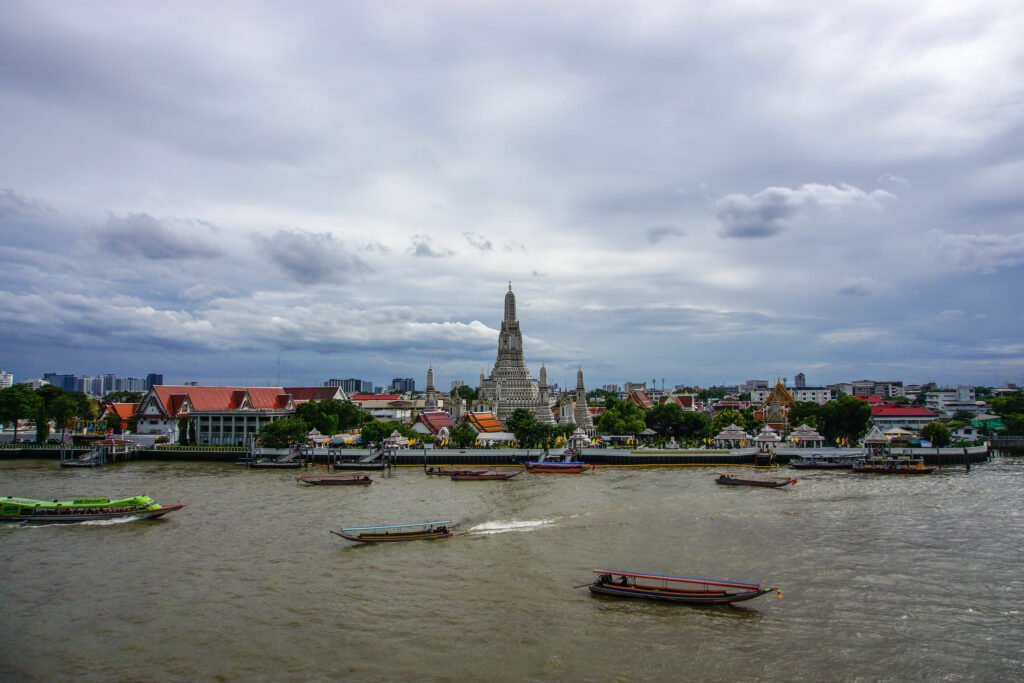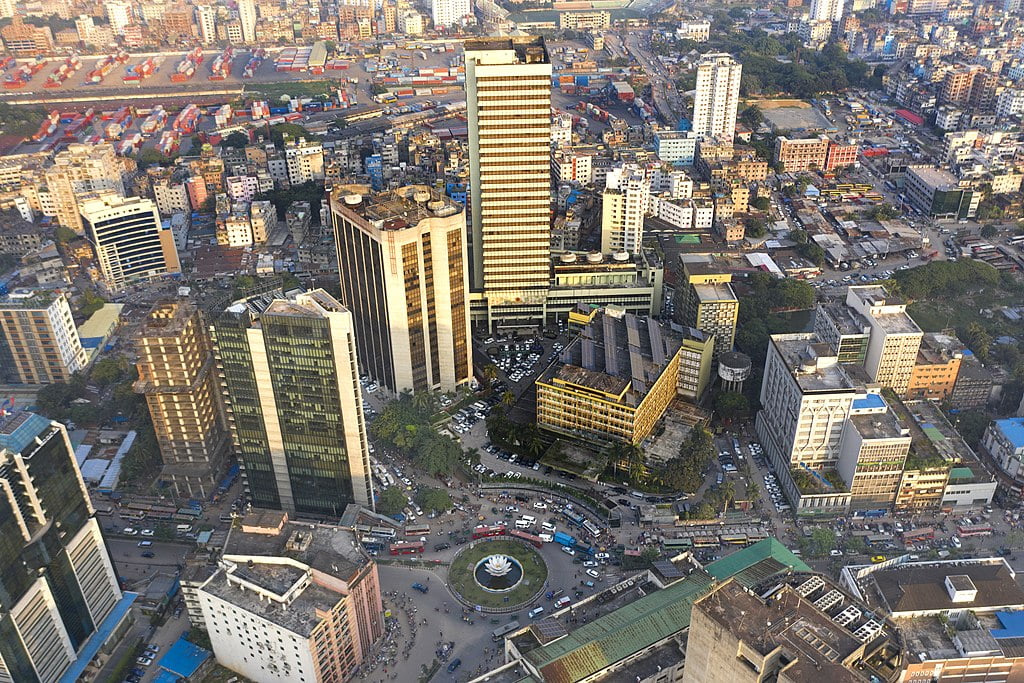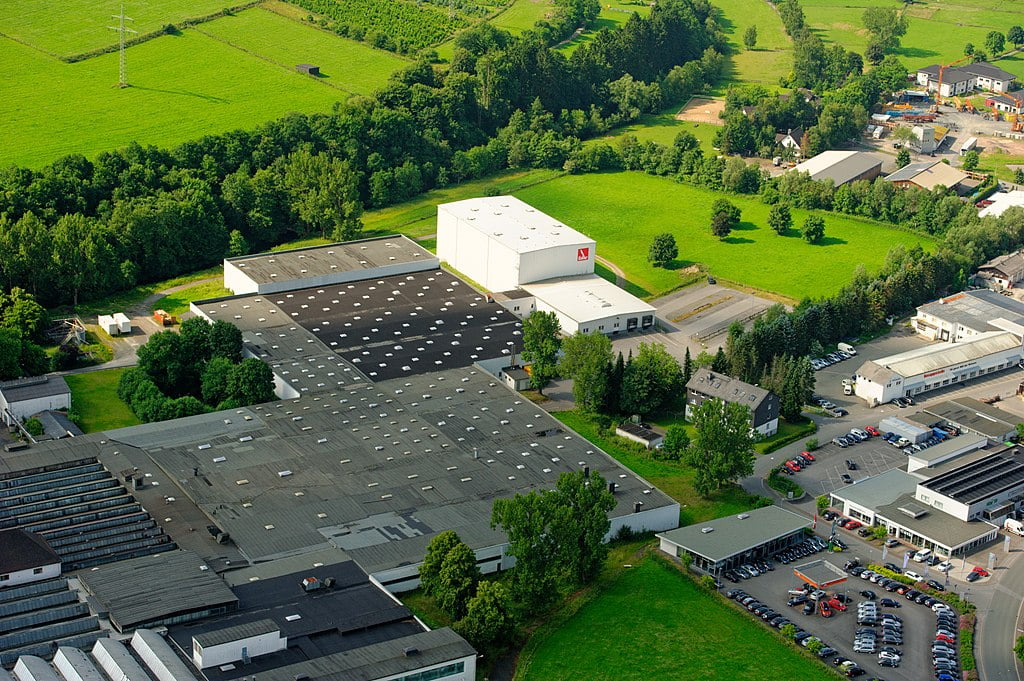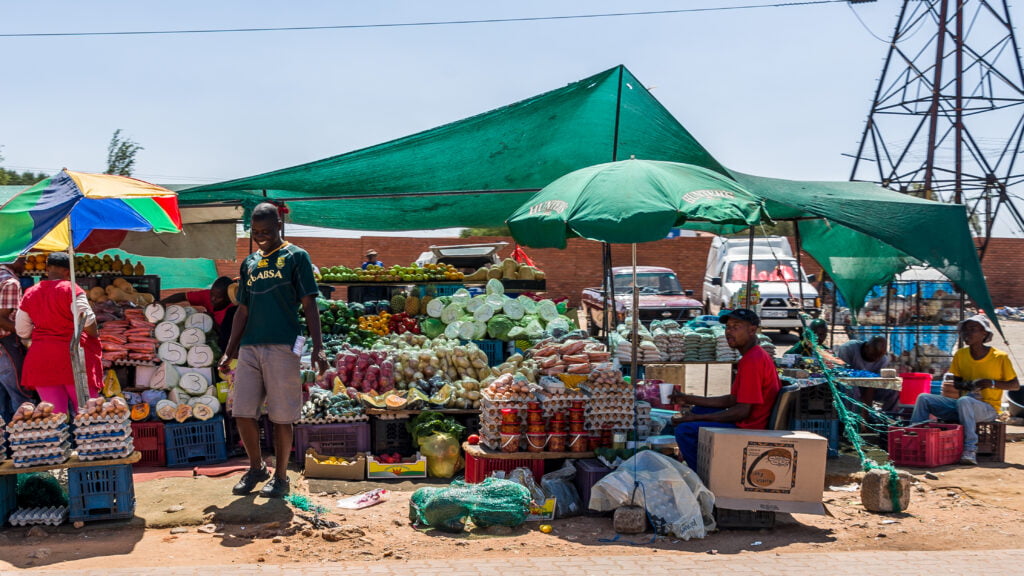Communal violence has led to clear territorial demarcation of space, access, and resources, marking the everyday experience of minority citizenship in Kolkata.
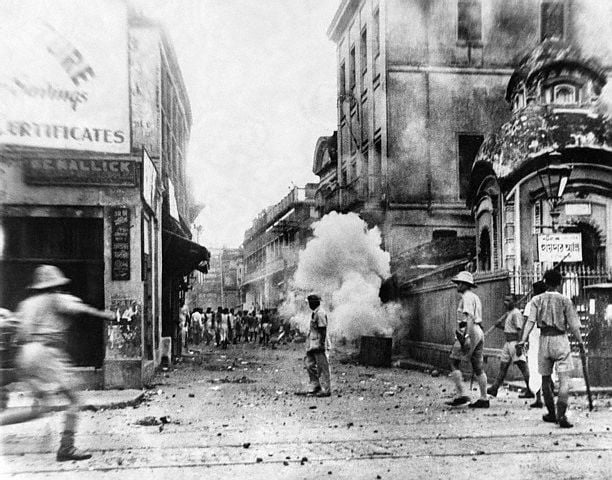 Calcutta police use tear gas bombs during an attempt to set fire to a Hindu temple in the 1948 riots. : Unknown photographer Public domain
Calcutta police use tear gas bombs during an attempt to set fire to a Hindu temple in the 1948 riots. : Unknown photographer Public domain
Communal violence has led to clear territorial demarcation of space, access, and resources, marking the everyday experience of minority citizenship in Kolkata.
Confrontation, contests and conflict have been key characteristics of Kolkata since colonial times.
Class, caste and religious divides have defined many aspects of the city’s development. Throughout its colonial history, Kolkata (formerly Calcutta), had been a Hindu-majority city in the heart of a Muslim-majority province.
Until the mid-20th century, despite bitter rivalry, the Hindu and Muslim populations inhabited shared spaces, even in areas populated chiefly by the members of one community. There was a complex inter-communal sharing of neighbourhoods, infrastructure and resources.
This feature was evident from various colonial enquiries set up after Hindu-Muslim riots. Policemen handling any violence in various neighbourhoods repeatedly pointed out the difficulty of zone-marking any part of Kolkata as belonging exclusively to one group or the other.
Ghettos did not exist to the extent they do today. The city’s character began to transform slowly in the decades between the two world wars due to the twin effects of urban renewal and communal mobilisation. It culminated in territorial defeat of Muslims in the religious war of 1946 which was followed by Independence, Partition, and the influx of Hindu refugees from East Pakistan.
At ‘the stroke of midnight’ on August 15, 1947, Kolkata emerged as the Hindu-majority capital city of a Hindu-majority state — West Bengal. One of the outcomes Muslim defeat in Kolkata was the formation of ghettos on a wide scale.
Kolkata witnessed two major communal outbreaks — in 1918 and 1926. These two riots were confined to central Kolkata where the city’s prosperous Marwari trading communities and their ‘up-country’ Hindu militia did battle with the Muslim working class and petty traders, residing in nearby slums, and mendicant Kabuli traders (Afghan Muslims). From the final decade of the 19th century, this area of the city witnessed massive recycling of space through various municipal initiatives such as major street schemes, making way for gentrification.
Even though communal mobilisations had wider pan-regional character, the riots were also local affairs, spreading their tentacles via local and immediate animosities between communities and classes. During the riots of 1918 and 1926, the class character of communal animosity became amply clear. The territorial outcomes of these riots were mixed. Even though the Muslims were a minority in central Kolkata, during the riots, they continued to receive support and physical enforcement from the Muslim-dominated industrial belts of the city, especially from the Howrah jute belt.
Hindu-Muslim riots in Kolkata became total warfare only in August 1946 (known as the ‘Great Calcutta Killings’), when religious identity of the two warring parts of the society superseded ethnic, regional, caste and class identities. The riot of 1946 exceeding its predecessors by embroiling the entire city, its suburbs, and the industrial belt in bloodshed. In the third week of August 1946, the violence left about 15,000 dead, 100,000 injured, and 200,000 homeless. The official estimate was conservative. Its impact on the city’s Muslims was decisive and irreversible.
Yet, even during the 1946 riots, it was difficult for the police officers working on the ground to mark pockets of the city as exclusively Hindu or Muslim. The neighbourhoods were mixed even in places where Muslims were in a clear minority in census terms.
The creation of Pakistan and Kolkata’s settlement with India, coupled with the disbandment of the Bengal Provincial Muslim League and a spectacular influx of Hindu refugees in the city, produced the conditions for the ultimate territorial marginalisation of Muslims in Kolkata.
Five years after the Great Calcutta Killings, the Census of 1951 published a 50-year trend of the Hindu–Muslim population ratio in Kolkata. It registered a decline of the Muslim population between 1941 and 1951 by 191,603. The West Bengal government recorded a flight of 130,000 Muslims by 1951 because of the “fear of disturbances”.
The 1961 Census found near elimination of Muslims from select wards of the city and consequent Muslim concentration in some others like Park Circus, Ekbalpore, Bowbazaar, Karaya, Narkeldanga, and Beniapukur. By 1961, Muslims were almost totally expunged from the northern, eastern, southcentral, and south-eastern wards of the city. Many of these wards also witnessed refugee resettlement throughout the 1950s.
Hindu-Muslim riots in Kolkata changed after “partitioned independence”. There were three major violent outbreaks in 1950, 1964, and 1992. The 1950 riot is illustrative of how the riotscape changed with Independence.
In February 1950, a riot broke out in Wards 15 and 16 of the city, along with areas adjacent to Beadon Street, Amherst Street, and the working-class areas of the eastern frontier of the city. Certain neighbourhood clubs in the affected areas were actively engaged in evicting Muslims and settling Hindu refugees in the vacant houses and hutments. A remarkable feature of the violence was the proliferation of mob lynchings of Muslims inside Muslim mohallas (neighbourhoods). Muslims fled in their thousands to locations they perceived as safer such as Park Circus, Beniapukur, Narkeldanga, Zakaria Street, and Kidderpore. The jute mills and other factories in the industrial townships around Kolkata had to close production due to the flight of Muslim workers.
One of the outcomes of these post-colonial era riots was the increasing ghettoisation of Muslims. Even the middle and upper-class decided to live in these ghettos or close to the ghettos to minimise the risk of communal violence against them. What emerged was communally uniform, yet class divided and densely populated Muslim neighbourhoods — a distinctly post-colonial phenomenon in Kolkata. The segregated ghetto did not mean the end of all communal violence and added other forms of marginalisation and exclusion.
When there hasn’t been large-scale violence, there has been sporadic lynching while previously mixed neighbourhoods have become sanitised zones through the expulsion of minority elements. There is clear territorial demarcation of space, access and resources marking out the everyday experience of minority citizenship. The erasure of the general presence of a population group has, ironically, made certain practices associated with minority communities even more visible, leading to a new round of persecution by Right Wing elements.
One thing is clear: territory is the kernel of a city. The city, therefore, remains a contested place. Minorities must stake their claims to it if they do not want to lose out. The resources, land, infrastructure – all are subject to claim makings by various segments of urban population.
Even though the Left and populist governments try to minimise the effects of the perpetual war – at times social, at times territorial – the conflict persists with winners and losers. Like the migrants, the minorities are destined to be the subjects of a perpetual war.
Ritajyoti Bandyopadhyay is Assistant Professor, Humanities and Social Sciences, Indian Institute of Science Education and Research, Mohali
Ranabir Samaddar is Distinguished Chair in Migration and Forced Migration Studies, Mahanirban Calcutta Research Group, Kolkata. Originally published under Creative Commons by 360info™.


